For decades scientists have been saying that the United States' lakes, rivers and aquifers are going to have a hard time quenching the thirst of a growing population in a warming world.
A
recent report from NOAA's Cooperative Institute for Research in Environmental Sciences does not alleviate those fears. It showed that nearly one in 10 watersheds in the U.S. is "stressed," with demand for water exceeding natural supply - a trend that, researchers say, appears likely to become the new normal.
"By midcentury, we expect to see less reliable surface water supplies in several regions of the United States,"
said Kristen Averyt, associate director for science at CIRES and
one of the authors of the study. "This is likely to create growing challenges for agriculture, electrical suppliers and municipalities, as there may be more demand for water and less to go around."
And a recent Columbia University Water Center
study on water scarcity in the U.S. showed that it's not just climate change that is putting stress on water supply, it's also a surging population. Since 1950 there has been a
99 percent increase in population in the U.S. combined with a
127 percent increase in water usage.
"All cities and all businesses require water, yet in many regions, they need more water than is actually available - and that demand is growing," said Upmanu Lall, director, Columbia Water Center
said to Business Insider. "The new study reveals that certain areas face exposure to drought, which will magnify existing problems of water supply and demand."
Far from a complete list of regions that may develop potential water scarcity issues across the nation (just take a look at either
CIRES' or
Columbia University's maps to see how widespread this issue could be in the U.S.), here are 11 major U.S. cities, listed in order of population, that could be deeply effected by water shortages in the not too distant future:
Salt Lake City, Utah
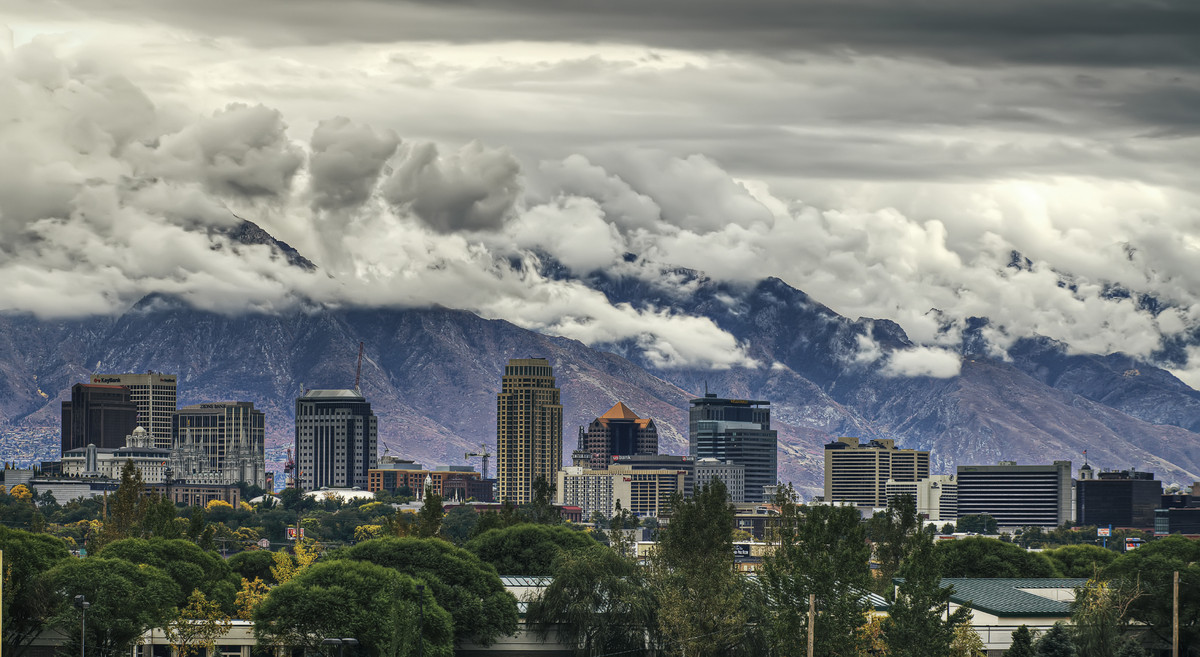
© Eric Smith/Getty Images
A
new report from NOAA's Cooperative Institute for Research in Environmental Sciences (CIRES) shows that already water-strapped Western cities - like Salt Lake City - will likely face increasing challenges when it comes to water. The
researchers found that for every degree Fahrenheit of warming in the SLC region, a 1.8 to 6.5 percent drop in annual water flow of local streams could occur. By midcentury, that could mean that some creeks and streams that supply water to the SLC region could dry up several weeks earlier in the summer and fall. In 2012,
the University of Florida's Environmental Hydrology Lab found that Salt Lake City was at "high" risk for water shortage.
Estimated population: 189,314 (124th most populous U.S. city), metro: 2,350,274 (27th most populous metro area in U.S.)Lincoln, Nebraska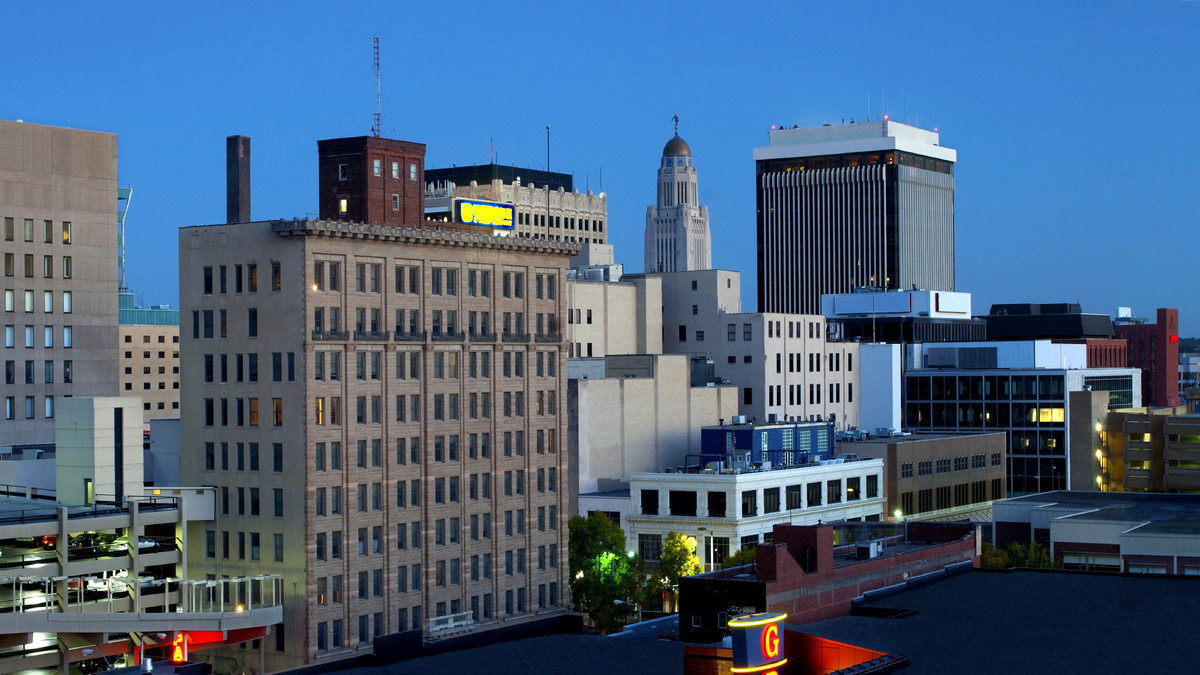
© John Coletti via Getty Images
A recent report from the
Columbia University Water Center listed Nebraska in the top 10 areas with the highest risk for water scarcity. Earlier in 2013, nearly the entire state of Nebraska was in the middle of a severe drought with a staggering 96 percent of the state experiencing "extreme drought" conditions,
according to a report from 24/7 Wall St. Of the 225 cities that the University of Florida's 2012
water report surveyed, Lincoln was listed as the third most at-risk city for water shortage.
Estimated population: 265,404 (72nd most populous U.S. city), metro: 310,342 (158th most populous in U.S.)Cleveland, Ohio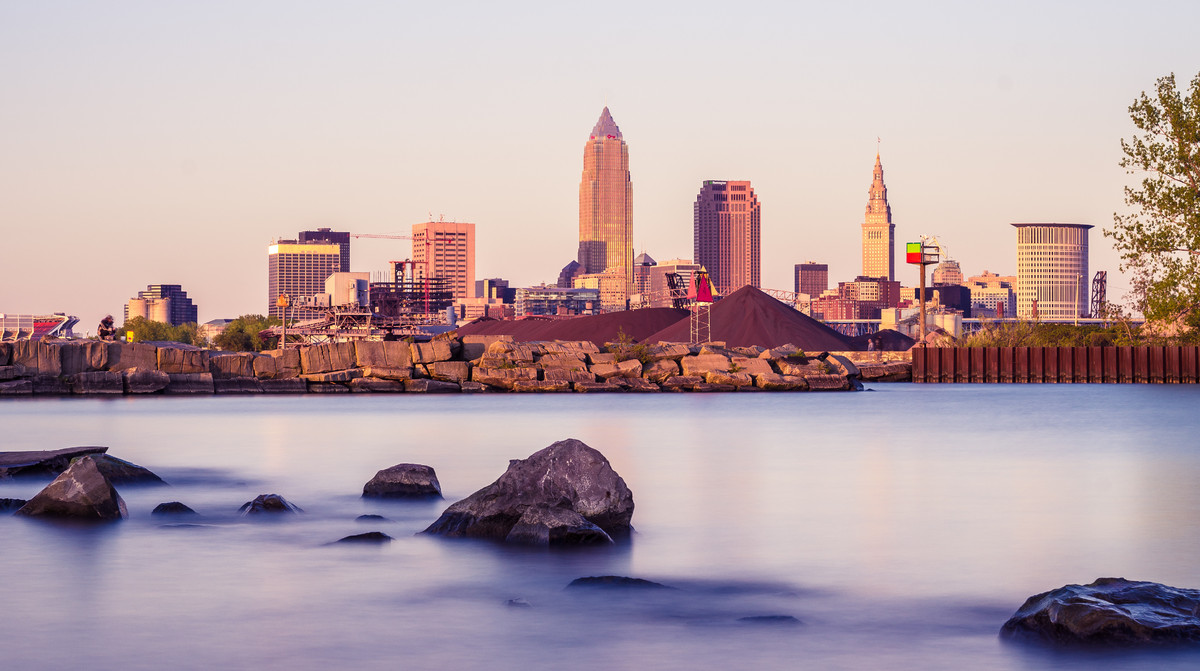
© Dashuai Photograph via Getty Images
A
CIRES report from earlier in 2013 showed the Cleveland region's watershed to be moderately "stressed." Columbia University found
similar results with their study that much of Ohio is at risk for water scarcity, based on water use and drought patterns of the past.
Estimated population: 390,928 (48th most populous U.S. city), metro: 2,068,283 (28th most populous in U.S.)Miami, Florida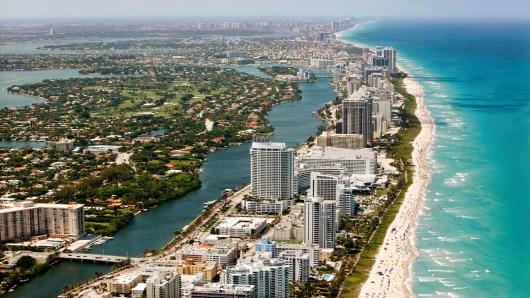
© Getty Images
Miami's watersheds appeared to be a relatively good shape in CIRES study and the city didn't appear to be at great risk on the Columbia University study, however in 2012 the University of Florida listed the city
as the second most at-risk for water vulnerability due to "low storage of water per capita." But a recent piece from Jeff Goodell in Rolling Stone suggests Miami and much of South Florida's problems are much bigger. "By century's end, rising sea levels will turn the nation's urban fantasyland into an American Atlantis. But long before the city is completely underwater, chaos will begin,"
Goodell writes. When describing the rains that can quickly flood the intersections and parking lots in Miami Beach, 71-year-old resident
Harold Wanless told Goodell "This is what global warming looks like. If you live in South Florida and you're not building a boat, you're not facing reality."
Estimated population: 413,892 (44th most populous city in U.S.), metro: 5,564,635 (8th most populous in U.S.)Atlanta, Georgia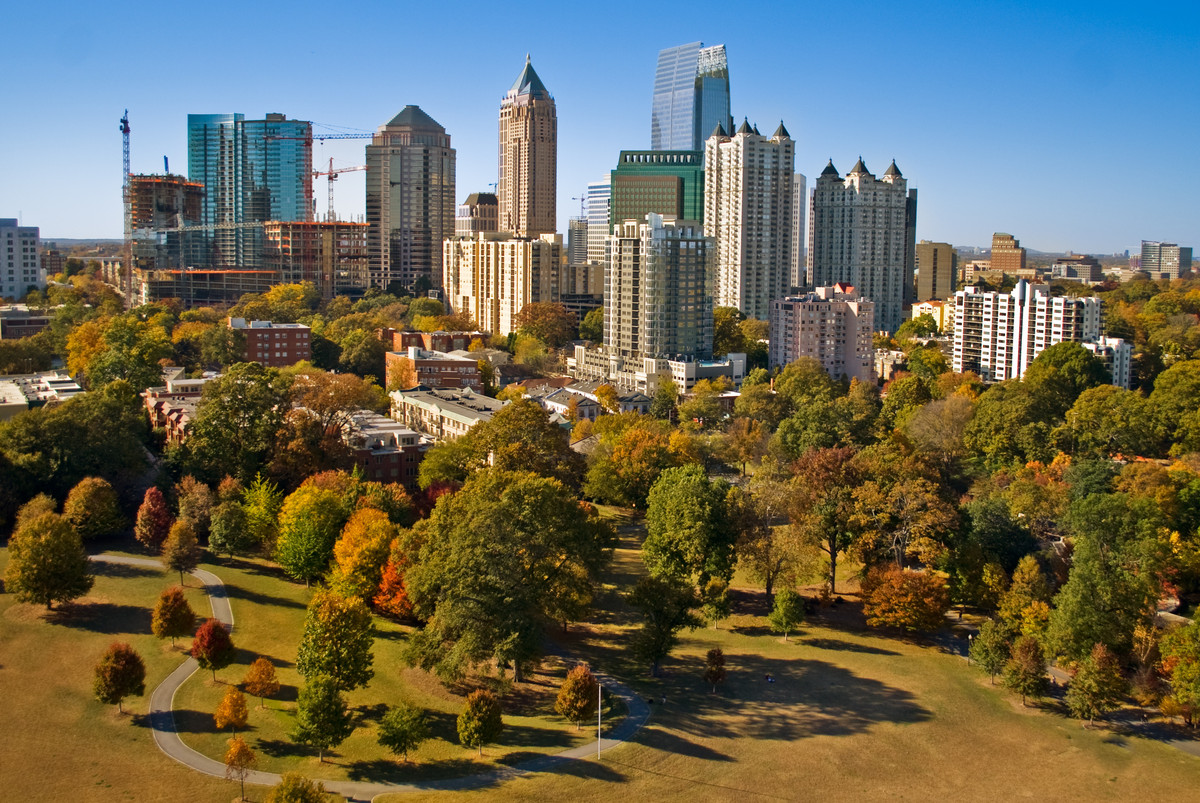
© Photo by Scott Dunn via Getty Images
Atlanta's watershed was listed as moderately "stressed" in CIRES'
report from 2013 and the Atlanta region was also included as a high risk area for water shortage in
Columbia University's study. The Southeast experienced a major drought between 2007 and 2008 and Atlanta suffered greatly,
according to a 24/7 Wall St. study from 2010. And although the drought eventually subsided, Atlanta is still considered to be at risk of water shortage.
Estimated population: 420,003 (40th most populous city in the U.S.), metro: 5,457,831 (9th most populous in the U.S.)Washington, D.C.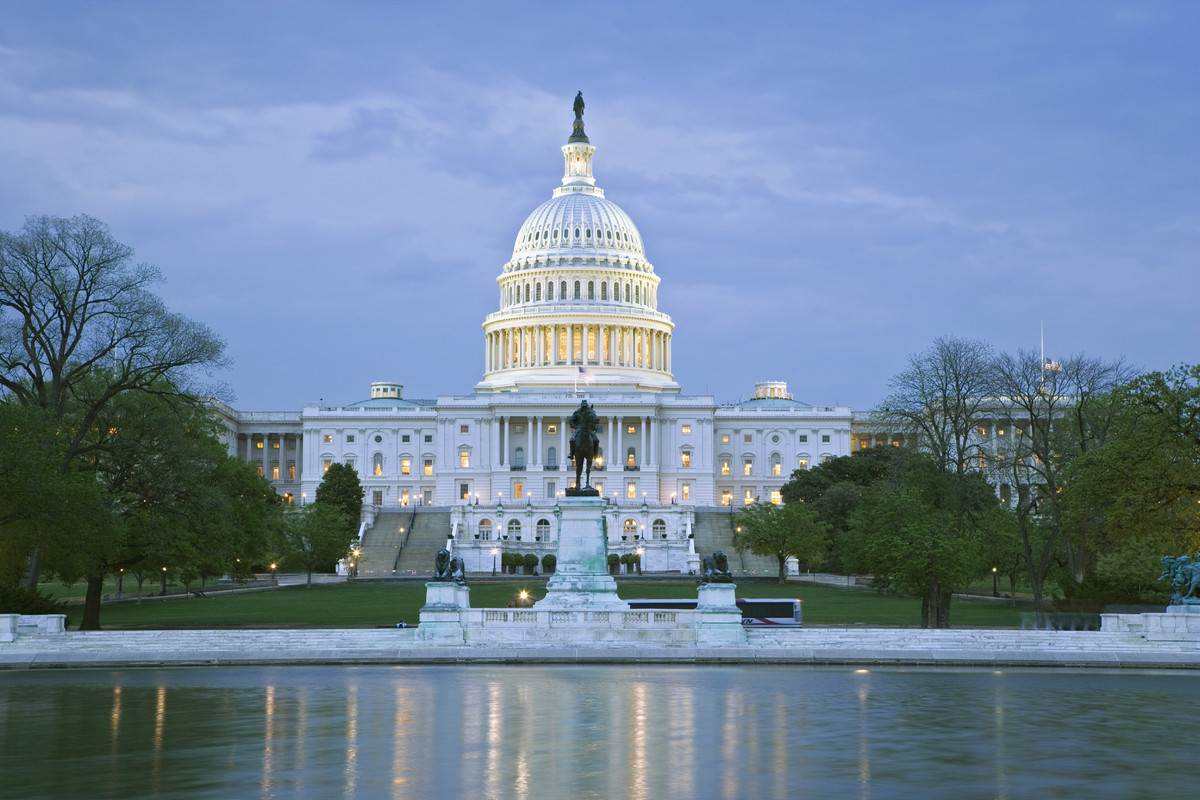
© Dennis Flaherty via Getty Images
The D.C. metro area was ranked in the top 10 of the
highest risk cities for water scarcity by
Business Insider's analysis of Columbia University's water report. The District was also in the top 40 of most at-risk cities in
University of Florida's water vulnerability report.
Estimated population: 632,323 (24th most populous city in U.S.), metro: 5,703,948 (7th most populous in U.S.).El Paso, Texas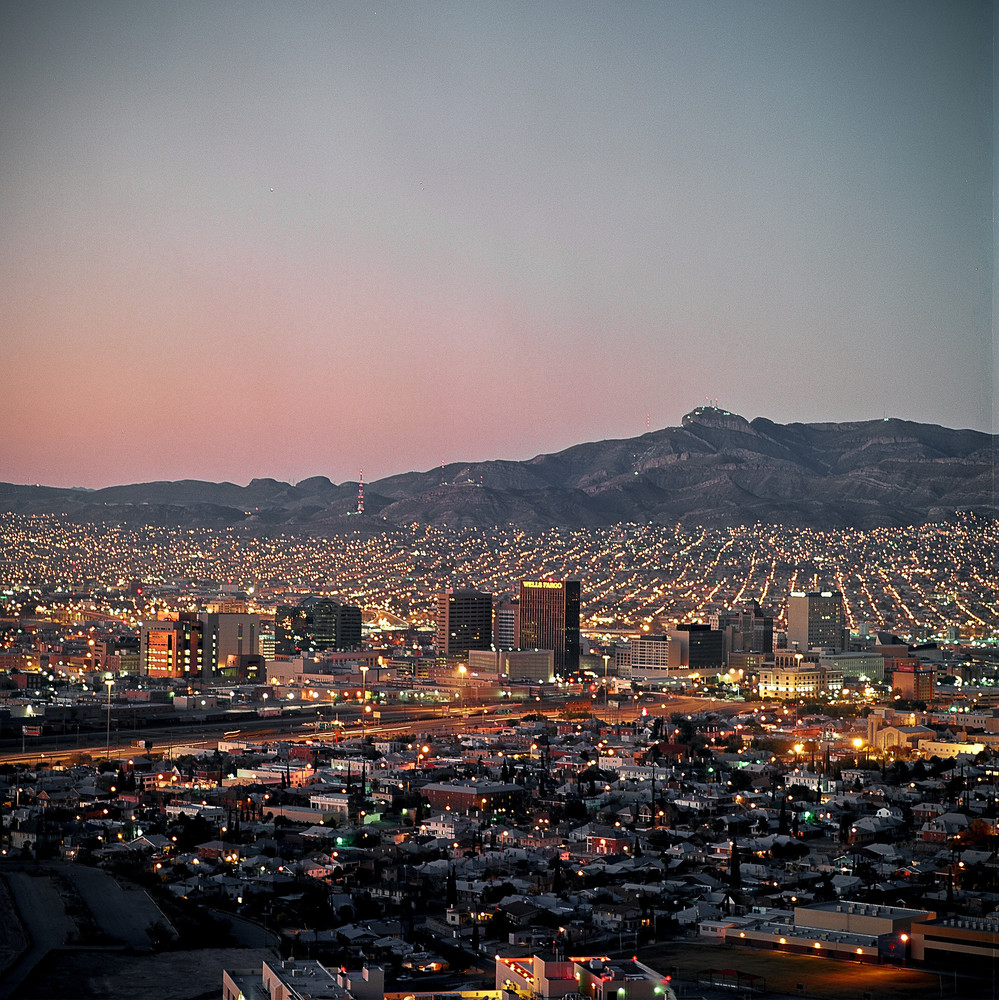
© Mark A Paulda via Getty Images
El Paso shared much of the same water shortage concerns that Texas' northern agricultural belt faced in both
Columbia University'sand CIRES' studies - with high risk for water shortage and
moderate stress on area watersheds. And El Paso was listed as the
10th most at-risk city in University of Florida's water vulnerability study.
Estimated population: 672,538 (19th most populous city in U.S.), metro: 830,735 (67th most populous in U.S.)San Antonio, Texas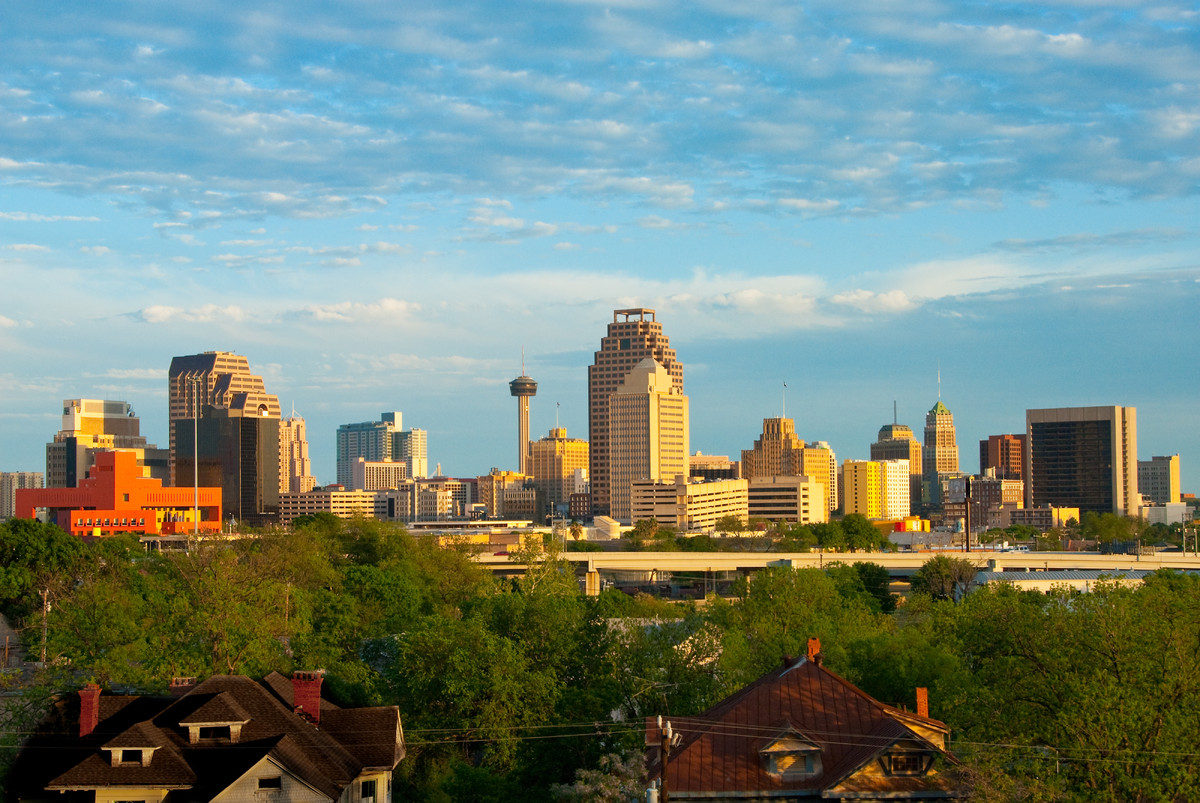
© Don Klumpp via Getty Images
The San Antonio region's watersheds were reported as at high or moderate stress levels by
CIRES and
Columbia's report also showed high-risk for regional water shortage. In 2010, the
NRDC ranked San Antonio's Bexar County with the highest rating it gives out for extremely high risk for water demand exceeding supply by 2050 if no major changes are made. In 2012, San Antonio was the
number one most at-risk city for water vulnerability, according to the University of Florida.
Estimated population: 1,382,951 (7th most populous city in U.S.), metro: 2,234,023 (25th most populous in U.S.).San Francisco Bay Area, California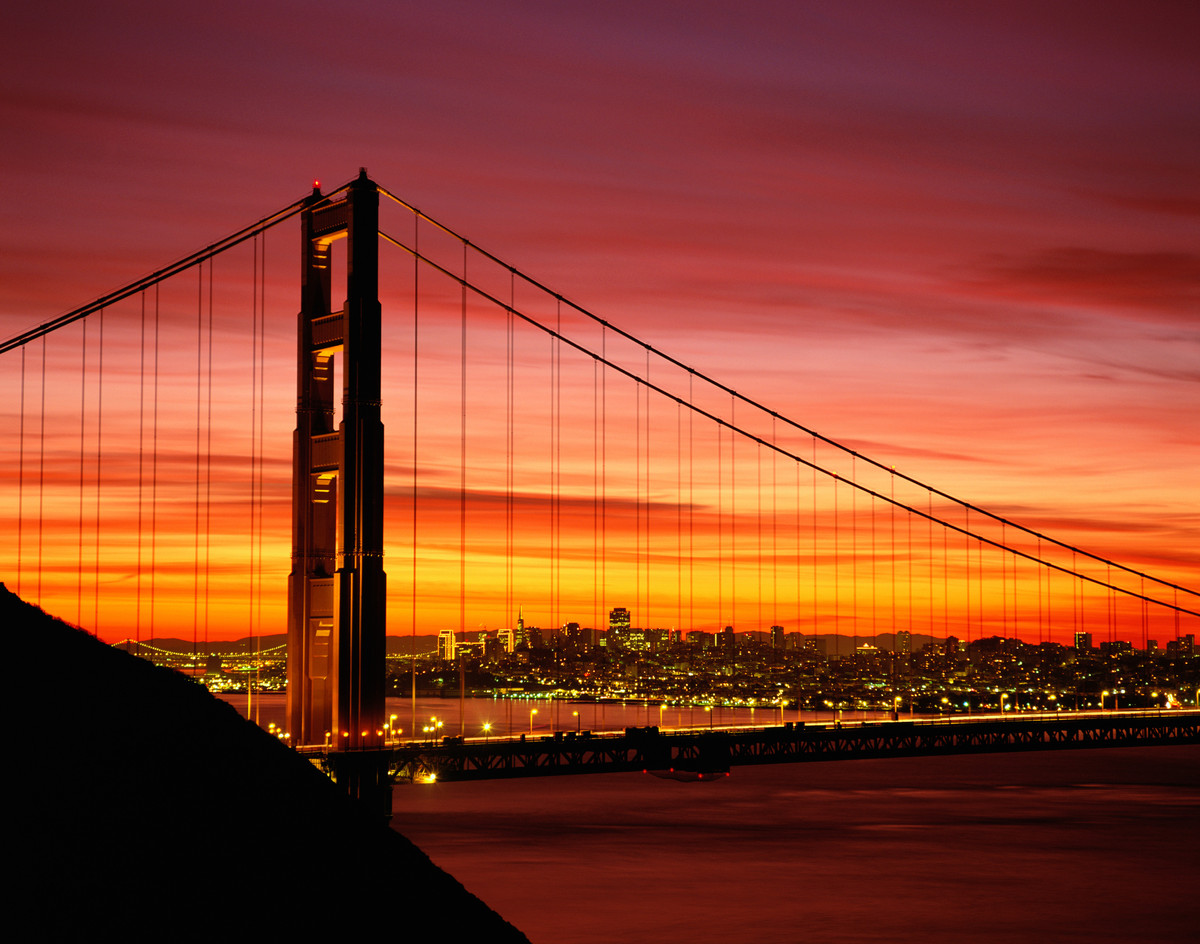
© Veronica Jones via Getty Images
Unsurprisingly, much of California was shown to be at high risk for water shortage by
Columbia University's recent study and the same region's watersheds were also stressed,
according to CIRES. As the Bay Area continues to boom, there just may not be enough water for the future population of the region, according to a recent report from area non-profit group SPUR.
SPUR reports that due to climate change, rising sea levels and earthquakes the region's water could be severely disrupted, reduced or even infiltrated by sea water. In 2010, the NRDC said that San Francisco and other regional cities in the Bay Area like San Jose and Oakland are "very likely" to experience a crisis due to water shortage within the next 50 years,
according to 24/7 Wall St. San Francisco estimated population: 825,863 (San Francisco, 14th most populous city in the U.S.), Bay Area metro: 8,370,967 (5th most populous in U.S.)Houston, Texas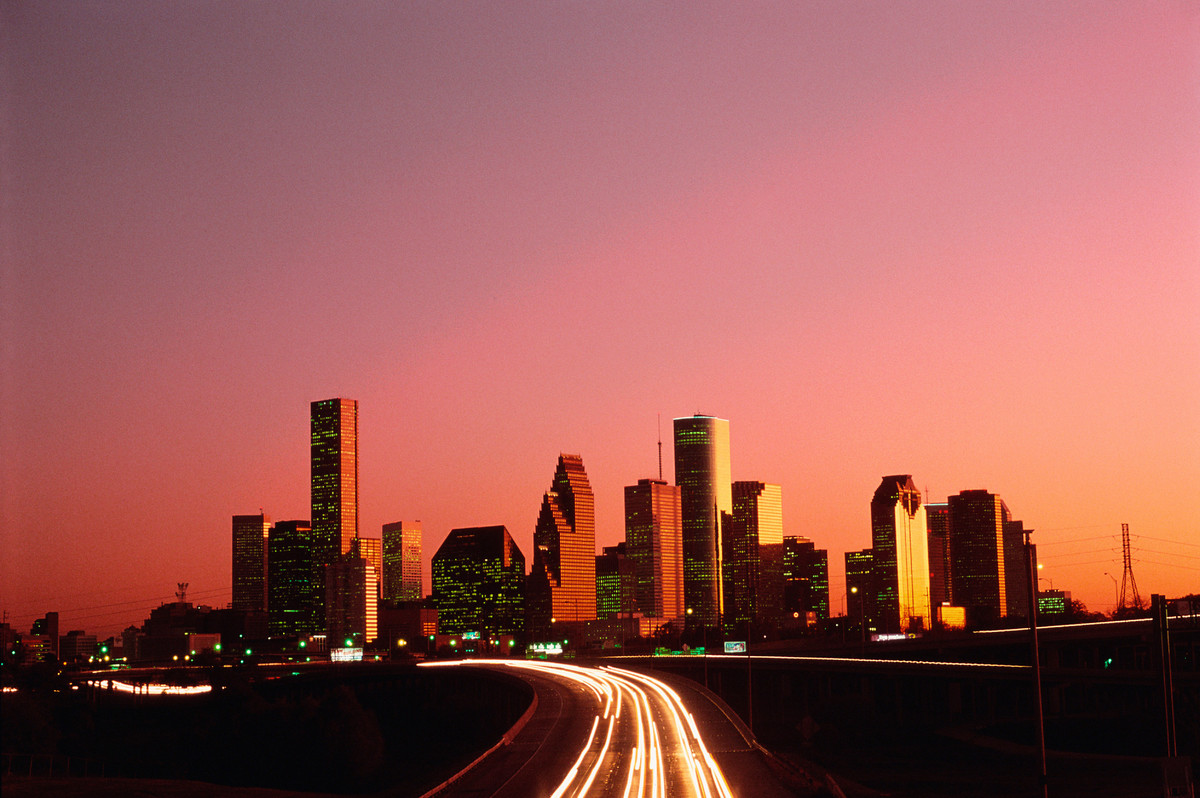
© Chris Salvo via Getty Images
Although Columbia University's
study and CIRES' study showed high risk of water scarcity and moderate stress on regional watersheds in northern Texas' agricultural belt, the densely-populated city of Houston in the south of the state was also
at risk for water issues. In 2010,
24/7 Wall St. also listed Houston on its list of cities running out of water due to concerns over its rapidly increasing population and high drought region.
Estimated population: 2,160,821 (4th most populous city in the U.S.), metro: 6,177,035 (5th most populous in U.S.).Los Angeles, California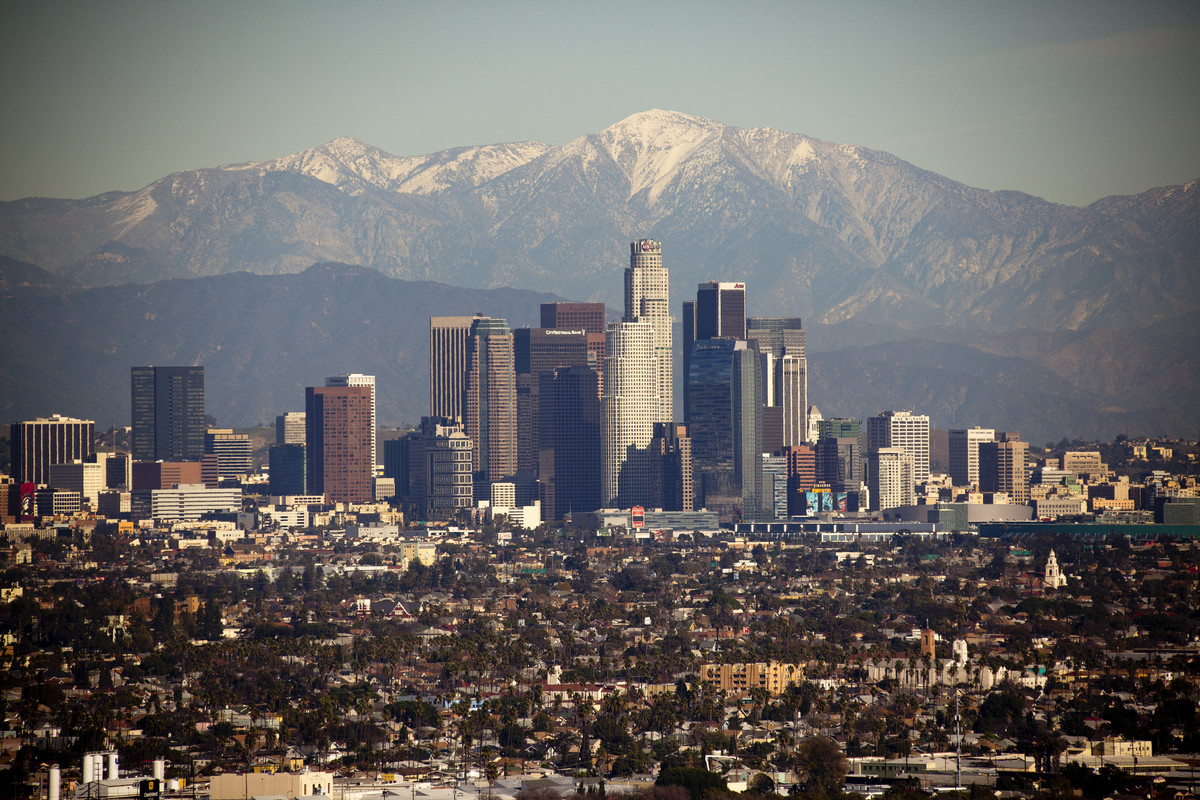
© Sterling Davis via Getty Images
Columbia University's water scarcity study showed most of California, from
San Diego all the way to Santa Barbara, at high risk for water problems. And
CIRES' study showed much of the same areas with high to moderate stress on regional watersheds from the coast and all the way inland. Los Angeles relies on importing much of its water from the Colorado River system which has long provided the American West with water - seven states in all that are home to almost 40 million people. But demands on the river are often cited as unsustainable, due to predicted population increases and climate change. A recent report from the U.S. Bureau of Reclamation predicts a water supply and demand gap in the Colorado River of about 3.2 million-acre feet by 2060 - roughly
five times the amount of water that Los Angeles uses in a year. L.A. was listed as the top American city running out of water by 24/7 Wall St. due to increasing population and drought as the city continues to increase water demands which are
believed to be unsustainable. The Los Angeles-Long Beach-Santa Ana region of Southern California was ranked as 6th most at-risk city for water vulnerability issues,
by University of Florida in 2012.
Estimated population: 3,857,799 (2nd most populous city in the U.S.), metro: 16,400,000 (2nd most populous in U.S.).
Al Gore is right.